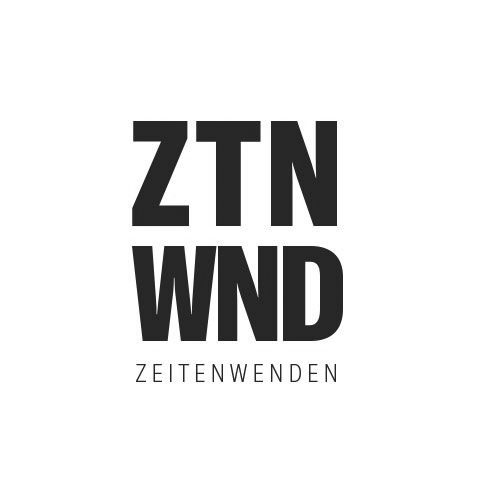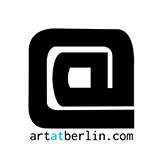The Open Studios 2025 in Berlin-Tempelhof, which will take place on the weekend of 24-25 May 2025, is an initiative from the artistic centre and emerged from the practice of collective processes in the independent scene. Over the two days, visitors can gain insights into the work processes of around 100 artists and experience the creative atmosphere up close. There will be numerous opportunities for networking – be it during a historical tour on the roof of the former Greenhouse with a panoramic view of the industrial estate, on guided tours led by artists or during a ride in an electric rickshaw to the next studio building. Visitors can also look forward to a varied programme of performances and discussions. On Saturday evening, there will be an artists’ party with bands and DJs on the ramp of the Zebrahaus.
Image above: Saalburgstr 3a, photo: Marina Stanimirovic
The Open Studios in Tempelhof 2025 aim to provide an inspiring exchange of ideas. Whether in the presentations of the four project spaces – Aktionshaus, top lab, Turba Factory, soft power, or the artists who make their microcosms of workspaces accessible, the focus is on a wide range of current discourses that link art, society and technology. The artistic works move in a field of tension between the examination of digital media, reflection on social and ecological issues and sensitisation to the complexity of human perception in the present.
The Tempelhof district of Berlin is characterised by an eventful history that tells of innovations and their decline. At the beginning of the last century, the first electric towpaths travelled along the man-made Teltow Canal, which served as a link between the Oder and Elbe rivers. This concept later found a global parallel with the construction of the Panama Canal. During the Nazi era, many consumer goods manufacturers in Tempelhof were categorised as ‘not important to the war effort’. Companies such as Ullstein and Sarotti, once symbols of industrial progress, were converted for military purposes and used forced labour. But the wartime economy was short-lived – the Allies destroyed the infrastructure, the waterway lost all 46 bridges during the Second World War and became a symbol of the decline of heavy industry. Today, the area is an interface for creative artists between warehouses, listed cranes, harbour facilities and allotments. The historical traces of the neighbourhood are more than just a backdrop – they function as a resonance space that challenges, inspires and is actively developed by the artists.

The studios, work and project spaces at OPEN STUDIOS are part of the Berlin Workspace Programme (ARP), which – under the responsibility of the Senate Department for Culture and Social Cohesion (SenKultGZ) – creates and maintains affordable spaces for professional artists in Berlin. The ARP is coordinated by Kulturraum Berlin gGmbH. Atelierbüro and Raumbüro Freie Szene represent the needs and spatial interests of artists in the independent scene. All partners – including GSE gGmbH and BIM as a real estate service provider – have helped to ensure that many new locations and workspaces have been realised in recent years, including in Tempelhof. Against the background of the current cuts to ARP funding in the supplementary budget and foreseeable further cuts in the next double budget, the ARP is facing major challenges. In this respect, maintaining the existing locations and workspaces is the most important goal for all cooperation partners.
WHEN?
Saturday, 24. May and Sunday, 25. May 2025, each 2 – 8 pm
WHERE?
GODU 44 (GREENHOUSE)
Gottlieb-Dunkel-Straße 44
SAALBURGSTRASSE 3a
ZEBRAHAUS
Industriestraße 40
SCHOKOLADENFABRIK
Teilestraße 11-16
HAUS B
Gottlieb-Dunkel-Straße 30-32
within walking distance
mostly barrier-free
Electric rickshaw on request
(for a small fee)
COSTS?
Free admission






